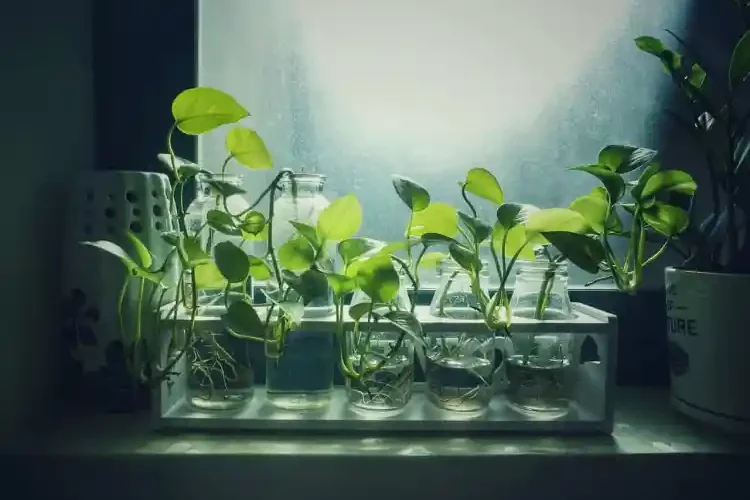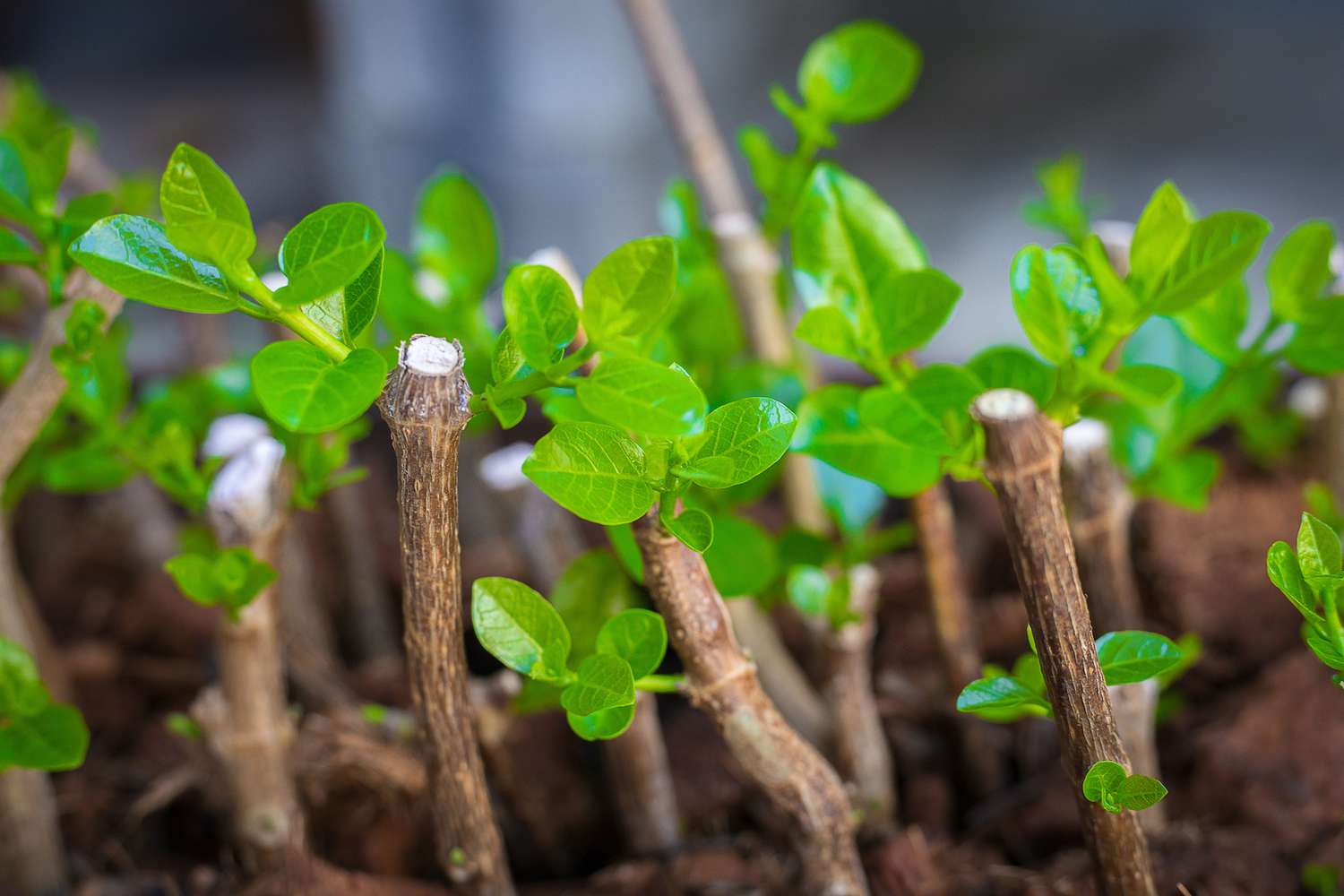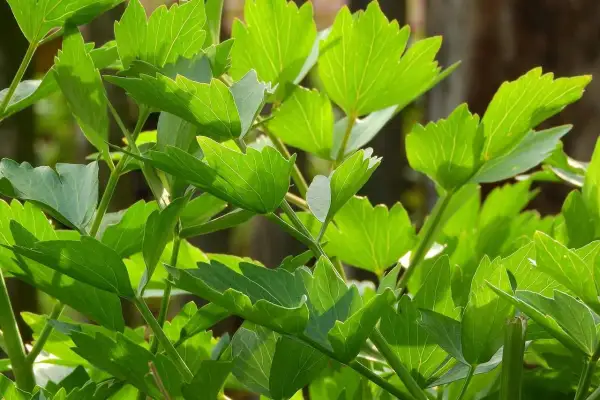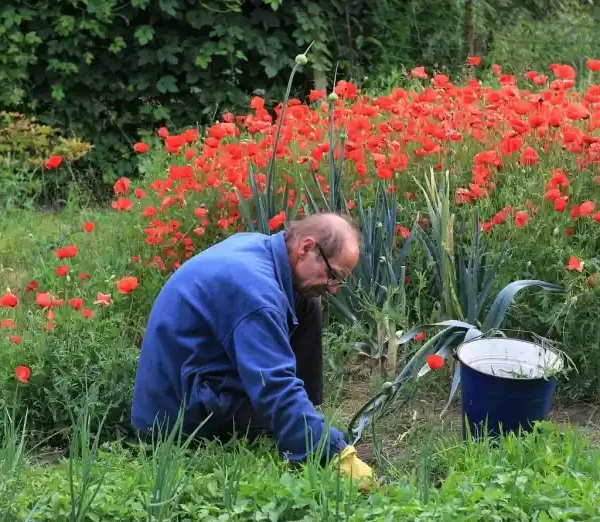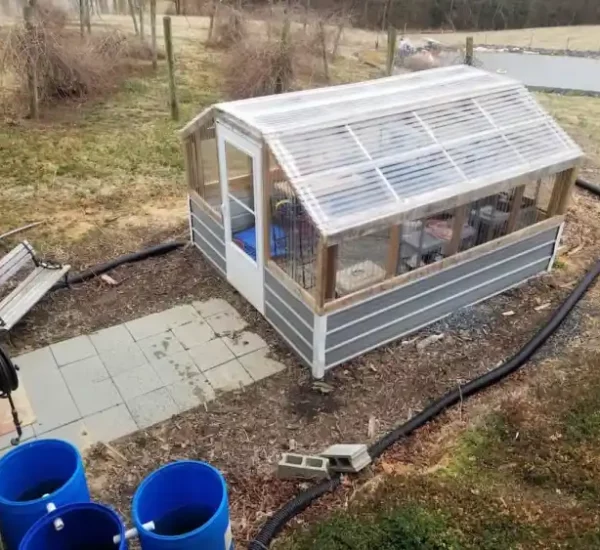Understanding Green Cuttings
Green cuttings involve taking a portion of a healthy plant, usually a stem or shoot, and encouraging it to develop roots and grow into a new plant. This method is widely used in horticulture for propagating a variety of ornamental and edible plants.
Benefits of Green Cuttings
Cost-Effective
Green cuttings offer a cost-effective way to propagate plants without the need for expensive materials or equipment.
Cloning
By taking cuttings from desirable parent plants, you can replicate specific traits such as flower color, growth habit, and disease resistance.
Materials and Equipment Needed
Before you start taking green cuttings, gather the following materials and equipment:
Sharp Pruning Shears
Clean, sharp pruning shears are essential for making clean cuts without damaging the plant.
Rooting Hormone
Optional but beneficial, rooting hormone can enhance root development and improve the success rate of cuttings.
Potting Mix
Choose a well-draining potting mix suitable for the type of plant you are propagating.
Propagation Tray or Pots
Small pots or a propagation tray will hold the cuttings and potting mix.
Misting Bottle
A misting bottle filled with water will help keep the cuttings hydrated during the rooting process.
Step-by-Step Guide to Taking Green Cuttings
Selecting the Parent Plant
Choose a healthy parent plant with vigorous growth and disease-free foliage. Avoid plants that are stressed or unhealthy, as they may produce inferior cuttings.
Timing is Key
Timing is critical when taking green cuttings. Aim to take cuttings in the morning when the plant’s tissues are hydrated and full of nutrients. Avoid taking cuttings during extreme weather conditions.
Making the Cut
Using sharp pruning shears, make a clean cut just below a node on the stem. Nodes are points where leaves attach to the stem and are essential for root development.
Preparing the Cutting
Remove any lower leaves from the cutting, leaving only a few leaves at the top to reduce moisture loss. Dip the cut end of the cutting into rooting hormone if desired, shaking off any excess.
Planting the Cutting
Insert the cutting into a pot filled with moist potting mix, ensuring that at least one node is buried beneath the soil. Firm the soil around the cutting to provide stability.
Providing Care
Place the pot in a location with bright, indirect light and maintain consistent moisture levels in the potting mix. Avoid overwatering, as this can lead to rotting of the cutting.
Monitoring Growth
Check the cutting regularly for signs of new growth, such as the emergence of new leaves or roots. Once roots have formed, the cutting can be transplanted into a larger pot or outdoor garden bed.
Conclusion
Taking green cuttings is a valuable skill for any gardener or horticulturist. By following the steps outlined in this expert guide and drawing on insights from reputable sources, you can successfully propagate plants and expand your garden with confidence. Remember to reference governmental organizations, horticultural bodies, and academic experts for reliable information and advice.
What are green cuttings, and why are they used in plant propagation?
Green cuttings involve taking a portion of a healthy plant, typically a stem or shoot, and encouraging it to develop roots and grow into a new plant. They are commonly used in plant propagation because they offer a cost-effective way to replicate desirable traits and expand gardens.
What types of plants can be propagated using green cuttings?
A wide variety of ornamental and edible plants can be propagated using green cuttings, including flowering shrubs, herbs, vegetables, and fruit trees.
When is the best time to take green cuttings?
The optimal time to take green cuttings varies depending on the type of plant being propagated. In general, it is best to take cuttings during the plant’s active growing season, typically in spring or early summer.
What are the key factors to consider when selecting a parent plant for green cuttings?
When selecting a parent plant for green cuttings, it is essential to choose a healthy specimen with vigorous growth, disease-free foliage, and desirable characteristics such as flower color or fruit size.
Do I need to use rooting hormone when taking green cuttings?
Rooting hormone is optional but can help stimulate root growth and improve the success rate of cuttings, especially for woody or difficult-to-root plants.
How do I prepare the cutting for planting?
To prepare the cutting for planting, remove any lower leaves to reduce moisture loss and dip the cut end into rooting hormone if desired. Ensure that at least one node is buried beneath the soil when planting.
What type of potting mix should I use for green cuttings?
Choose a well-draining potting mix suitable for the type of plant you are propagating. A mix specifically designed for seed starting or propagation will provide the best results.
How often should I water green cuttings?
Maintain consistent moisture levels in the potting mix, keeping it evenly moist but not waterlogged. Avoid overwatering, as this can lead to rotting of the cutting.
How long does it take for green cuttings to root?
The rooting time for green cuttings varies depending on the type of plant, environmental conditions, and other factors. In general, most cuttings will root within a few weeks to a few months.
What signs indicate that my green cuttings have successfully rooted?
Signs that your green cuttings have successfully rooted include the emergence of new leaves or shoots, increased turgidity of the cutting, and resistance to gentle tugging.
- Tennessee’s THC Beverage Market - June 5, 2025
- Top THC Infused Seltzers in Delaware - June 5, 2025
- Florida’s Hottest THC Infused Beverages - May 28, 2025

